Review: Alcatel OneTouch Fierce for T-Mobile
Nov 15, 2013, 3:00 PM by Eric M. Zeman
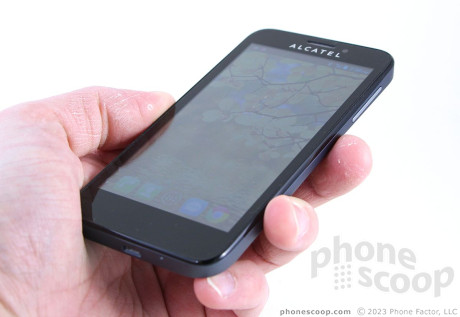
Alcatel lands an entry-level device on T-Mobile's shelves in the OneTouch Fierce. This solid smartphone offers a good value for the budget-conscious shopper. android
Form
Is It Your Type
For shoppers on a budget, the Alcatel OneTouch Fierce is a good value. It is an inexpensive Android smartphone that offers a pleasing mix of features, design, and quality.
Body
The Alcatel OneTouch Fierce is a mid-range handset that comes close to balancing the trifecta of good looks, powerful capabilities, and solid manufacturing. It's not too small, nor is it too big. The Fierce has a comfortable footprint and can be used easily by those with big or small hands.
The Fierce borders on bland, but a few design choices help give it a wee bit of personality. It is an average-sized slab (about the same size as the Moto X) with a black face. It comes in two colors, either gray or blue. We reviewed the blue version, which has attractive chrome accents here and there that give the Fierce a smidgen of class. The blue is a nice color, and the back and sides have a slight scalloped line that makes the phone look thinner than it really is. The back and sides share the blue color and are coated in a soft-touch finish. It really looks good when outside under the sun.
The Fierce is pleasant to hold and interact with. It feels solid and well built, and the soft-touch surfaces give it some grip. I was able to hold it firmly without accidentally pressing buttons. The phone is definitely sturdy, though perhaps a bit heavy. It's not egregiously weighty, but it could lose a few grams. The quality of the materials is quite good, and the pieces are assembled tightly. It will certainly fit into most pockets, though the soft-touch finish often clings to the liner of one's pocket.
Alcatel filled most of the front surface with the display, but there's a noticeable bezel that surrounds the screen. It's not the worst we've seen, but it could be a hair thinner, especially along the sides. There's a slit near the top for the earpiece speaker and the Alcatel logo is directly beneath it. The logo is chrome-y, and often catches the light. The glass covering the display feels good, and it's rimmed with a slight lip that prevents it from being scratched when placed face-down on flat surfaces. There are no physical buttons, as the Fierce uses capacitive keys below the screen. They don't light up often enough and can be hard to see at times.
The volume toggle is on the right edge of the Fierce. It stands out visually thanks to the chrome coloring, but it has a crummy profile and even worse feedback. It's not satisfying to use at all. The screen lock button on the top of the Fierce is only slightly better. It's easier to find, but travel and feedback aren't great. The headphone jack is also on top, while the micro-USB port is tucked into the bottom edge of the phone. There are no controls or ports along the left edge. The Fierce doesn't have a dedicated camera button.
The camera module is positioned on the back, near the top and is ringed with a chrome accent. There's a small flash directly below it. The back cover forms the entire rear surface of the Fierce. There's little a notch in the lower-left corner that's a perfect fit for your thumbnail. The cover peels off easily. Once removed, you have access to the SIM and memory cards. The battery, however, is sealed in place. That stinks.
In all, it's a solid piece of hardware.
Performance
Screen
The Fierce's display measures 4.5 inches across the diagonal and includes 960 x 540 pixels (qHD resolution). Most other devices in this price class have 800 x 480 screens, so the Fierce offers a bit of an upgrade in comparison. It's definitely not as sharp as the HD screens you'll find on higher-end phones, but most on-screen elements are smooth and free of jagged edges. The display offers plenty of brightness and can be used outdoors without issue. There's a bit of drop off in brightness when the phone is tilted side-to-side, but viewing angles are still decent. Colors are not quite accurate. Whites look more blue than white across the entire operating system, even when the device is viewed head-on.
Signal
T-Mobile's signal was no match for the Fierce, which found it and remained consistently connected. I was able to test the Fierce on T-Mobile's HSPA+ and it did a commendable job. The Fierce doesn't support LTE. The phone didn't miss any calls during the review period, nor did it drop any. Call set-up times depended on signal strength. Strong signal equated immediate connections, while weak signal led to a slight delay in call connections. Data performance was also better under a strong signal, but it was still able to send/receive bits even under the weakest signal conditions.
Sound
Call quality was mixed. When used normally, calls routed to the earpiece were loud and clear. I had no trouble holding a conversation in a noisy coffee shop or bustling shopping mall. The earpiece produces warm voices that are pleasing. Those with whom I spoke said I sounded decent. I didn't encounter any interference. The speakerphone is a different story. First, it is prone to distortion. It's far too quiet, necessitating that you pump up the volume. Unfortunately, cranking up the volume overpowers the speaker and leads to tons of crackling, popping, and other unpleasant noises. I'd call the speakerphone close to useless. Ringers and alerts could be much louder. I missed several calls when the Fierce was in another room because the ringers don't blare enough. The vibrate alert was good, though.
Battery
The Fierce's 1,800mAh battery was adequate in providing about a full day's use. The device consistently lasted from 7AM to 10PM with moderate. When used heavily for browsing and social networking, however, the battery was more apt to konk out at 8PM. You'll need to charge it each night, and might have to pay attention to the battery throughout the day.
Basics
Menus
The Fierce runs Android 4.2 Jelly Bean with some minor customizations from Alcatel. The most obvious changes are the icons, which have a different look. The basic behavior of the Android operating system is close to stock.
For example, the lock screen is the basic stock Android version. There's a simple unlocking tool with no access to shortcuts, not even the camera. The lock screen can be protected with a handful of different locks (pattern, face, pin, password), and can display lock screen widgets if you wish. The notification shade can be accessed from the lock screen.
There are five home screen panels littered with T-Mobile content when you first boot up the phone, but the home screens can be customized any way you like with apps, shortcuts, widgets, and so on. The main app menu is a standard alphabetical grid and there are no options to customize it. You can, however, choose to view all apps, just those downloaded by the owner, or widgets. You can also access the Play Store (to download new apps) via a shortcut at the top of the screen. Apps can be dumped into folders on the home screens, but not in the main app menu.
The settings tools are all arranged as they are on most stock Android devices. The options are all laid out in a vertical lists, with the tools lumped together into several groupings. Interestingly, the Fierce lets people turn on/off five different calling profiles, which is not something most Android devices offer. Other unique customization tools include the ability to automatically set on/off times for the device, and several gestures for silencing calls or alarms (flipping the phone over).
The Fierce has a quad-core 1.2 GHz processor from MediaTek under the hood. It's no Snapdragon. The Fierce exhibited several performance problems while we reviewed it. Screen transitions were not always smooth, apps opened slowly from time to time, and scrolling was herky-jerky.
Calls/Contacts
The only difference between the Fierce's phone app and other devices that run Android 4.2 is that the tabs across the top of the dialer have been rearranged. Other than that, it uses the stock dialer app. There's a large dialpad that's easy to use for punching in numbers. The tabs at the top let you easily switch to you call log or your contact database. The search tool is at the bottom of the dialer, as is a “new contact” button. I like that the call history lets you view all, incoming, sent, and missed calls under separate tabs.
Individual contact cards offer plenty of room to store data, notes, and images, and the Fierce lets you create the usual Android home screen shortcuts and widgets to quickly reach contacts.
Messaging
The Fierce doesn't ship with anything other than the stock Android communications tools. That means you get access to Gmail, email, Hangouts, and Google+. These apps all function exactly as they do on other Android devices, which is to say well. You won't have any trouble staying in touch with family, friends, and colleagues.
A few words about the keyboard. It's not that great. Alcatel is using its own keyboard skin and I found it difficult to use. Some of the vital buttons, such as "Alt" to get to number keys and special characters, are far too small. You're better off downloading and installing the native Google Android keyboard app from the Play Store. I found it worked much better.
Extras
Media
The Fierce includes the typical slew of Google-made media purchasing and consumption apps. That means you get the Google Play Store in which to buy music, movies, TV, books, and magazines, and all the separate apps from which to consume them. The set up works fairly well, as all the apps are color-coded and have a similar design for navigation. The Fierce also has stand-alone music and video player apps that work well with your existing sideloaded content, as well as the excellent YouTube application.
The Fierce also has T-Mobile's Live TV streaming app. This service, which costs $10 per month to use fully, lets Fierce owners view a decent selection of live television and movie content. Performance depends heavily on having a strong network connection. It performed equally well over HSPA+ and LTE, but you need at least a couple of bars of service or playback begins to get stuttery and pixelated.
Last, the Fierce has an FM radio if you're really into the local broadcast thing. You need to use headphones (which act as the antenna) in order for the radio to work.
Camera
Alcatel offers its own take on the camera application with somewhat customized software. It's a shame there's no dedicated camera button, and the camera is a little bit sluggish when first launched.
Like most cameras, the Fierce's software offers two control strips, one on either side, with the viewfinder in the middle. The basic controls — shutter buttons, settings button, gallery access — are all on the right side of the screen. The left side of the screen has a control strip that shows four shooting modes at a time. This strip can be swiped up or down to access more shooting modes, which include normal, HDR, panorama, PhotoSphere, Smile Shot, and several others. It's a slightly neat idea, but I wish you could customize it. There are also two buttons floating at the top of the viewfinder. One lets you adjust the flash and the other switches to the user-facing camera.
The full settings tools offer an abundance of flexibility when it comes to controlling the camera software. Owners can set location tags, turn on/off the shutter sound, manage exposure, add color effects, select from a wide range of scenes (night, sunset, party, etc.), alter white balance, control the timer, and so on.
The camera app is easy enough to figure out, but it is a bit janky. It can be slow to act, slow to focus, and temperamental.
Photos
The Fierce's camera is limited to 5 megapixels. It's not that good. I was expecting mediocre results, and that's what I got. Pictures were often filled with grain, focus was soft throughout, and colors looked dull. Exposure was often good, but using the flash in low-light settings produces disastrous results. The Fierce's camera suffices for people who don't care much about mobile imaging, but serious photogs definitely need to look elsewhere.
Video
Results from the video camera are only slightly better. Video was more apt to be in focus and accurately exposed, but grain was still a problem. I thought colors looked a bit dull, too. Further, you don't have control over the resolution of your video results, which are limited to just 720p HD. Again, the Fierce suffices for basic video capture, but budding YouTube stars will want to invest in something more capable.
Gallery
The Fierce uses the stock Android gallery application. It is functional for managing your local photos and online photos. There are some simple editing tools, such as crop, rotate, red-eye, and filters to help with color/white balance. It's not a bad app, and sharing to other social networks is quite easy. The Fierce also has the newer Google+ Photos application. This a separate app/service that is married to your Google+ account. It has its own editing features, including the Auto Awesome tools that automatically animate your photos, etc.
Bluetooth
The Fierce has Bluetooth 4.0. I didn't have any trouble pairing and connecting the Fierce with other Bluetooth devices, including headsets, smartphones, and PCs. Calls were atrocious when sent to a standard Bluetooth headset. They were really poor in both quality and volume. Music sounded OK when sent to my favorite pair of stereo Bluetooth headphones, but definitely not great. The Fierce was able to pass files to other nearby devices without issue.
Browser
Chrome is the only browser preloaded on the Fierce. It's decent at rendering web sites and offers nice controls when it comes to tabs, bookmarks, and so on. It was slow on the Fierce, though. Even when on high-speed Wi-Fi, Chrome was slow to load web pages on the Fierce's screen. Browsing speeds were acceptable over LTE and HSPA+, but just barely.
Clock
The Fierce uses the stock Android clock, so that means you can choose either a digital or analog clock. They could each be easier to see. Both use incredibly thin white font/designs that often get lost in the background image. If you choose your wallpaper carefully it won't be as much as a problem. The Android clock application includes world clock, alarm, timer, and countdown functions.
GPS
Google Maps is the only navigation software installed on the Fierce. Google Maps interacted with the GPS radio just fine. It was able to locate me in short order, and to within about 30 feet. Google Maps is solid software, but it ran a bit slowly on the Fierce. It was just barely able to keep up when navigating turn-by-turn. I'd blame this on the Fierce's processor, more so than anything else, which struggled at other tasks as well.
Wrap-Up
Alcatel did an admirable job with the OneTouch Fierce. It offers a lot of value at just $150 when purchased outright. If you choose T-Mobile's payment plan, you'll fork over just $30 at the register and add only $5 to your monthly bill. For that, you get a solid device that is well made, looks good, and functions well.
The biggest detractors are the screen, which is too blue, and the slow performance across the board thanks to the processor. The processor is the bigger of the two issues. Also, the camera is rather crummy.
If you're not picky about the screen, don't need blazing fast performance, and couldn't give a hoot about quality imaging, there's lots to like. The Fierce performed well on T-Mobile's network and provided excellent call quality through the earpiece. It runs an almost-stock version of Android 4.2, and comes with a good selection of messaging, media, and other apps.
Most $150 phones are lacking something. Despite the Fierce's weaknesses, it covers the smartphone basics with aplomb.
Comments
LTE.?
To notice a transition from hspa+ to LTE. When the device is not LTE capable. It's a hspa+ 21 device only.? 🙂
Eric's review is consistent with my experience with this device. I have to say that this review is 100% objective.


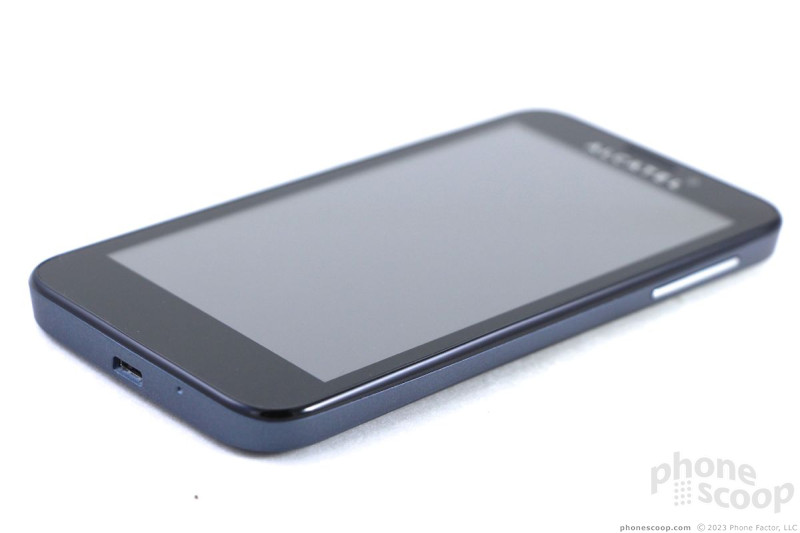













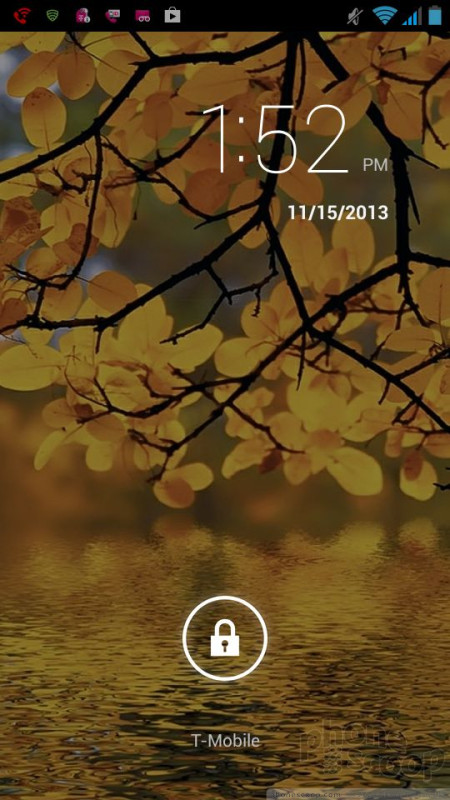





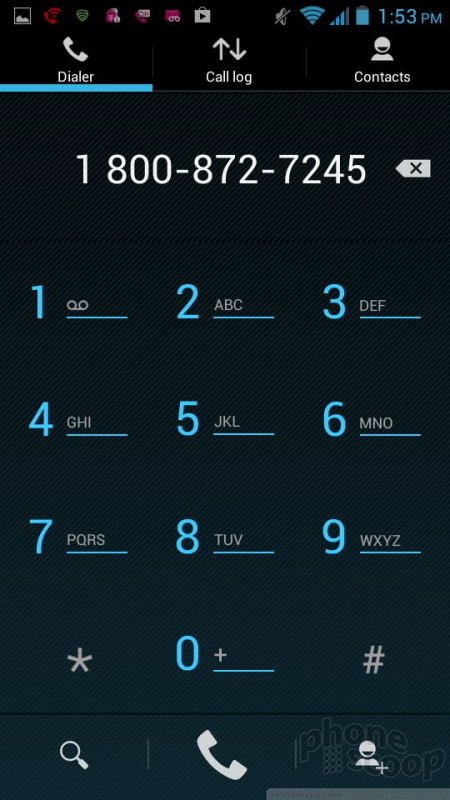









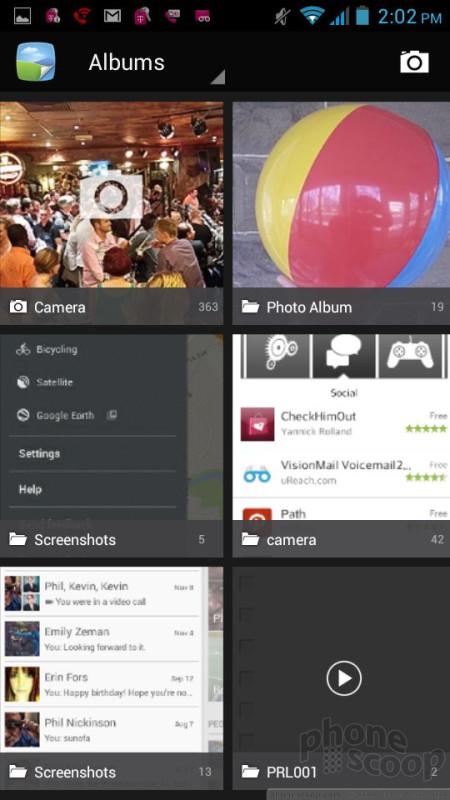








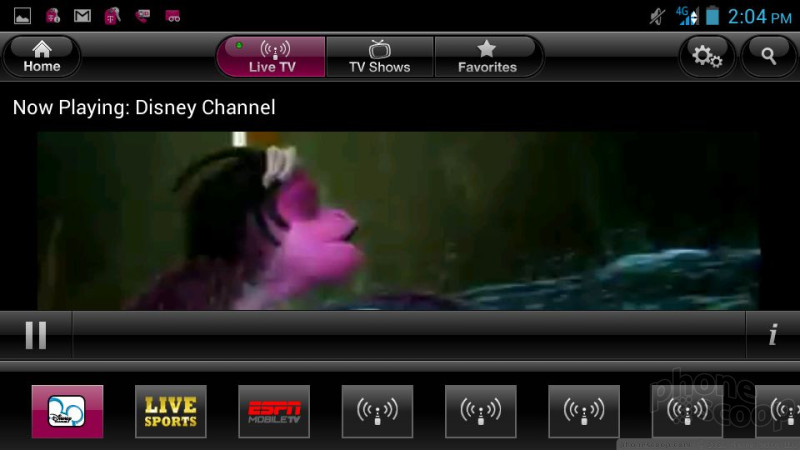



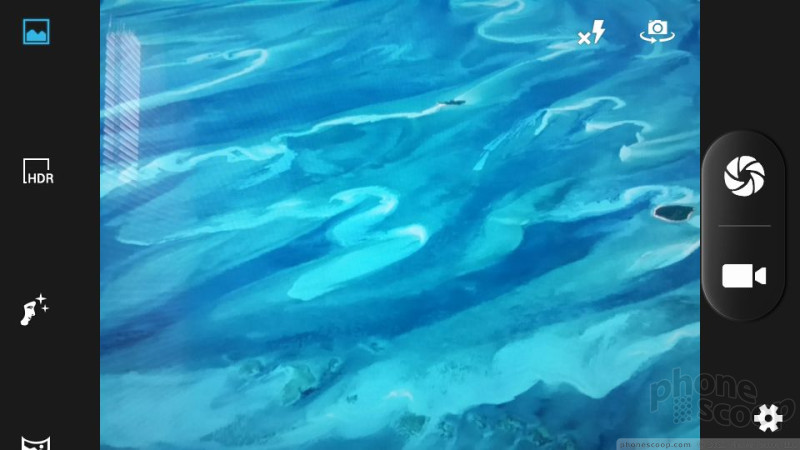





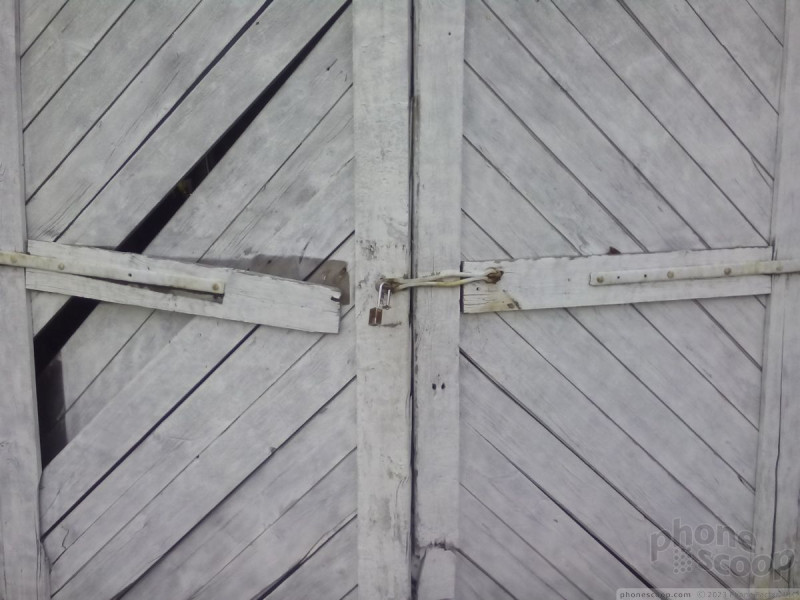


















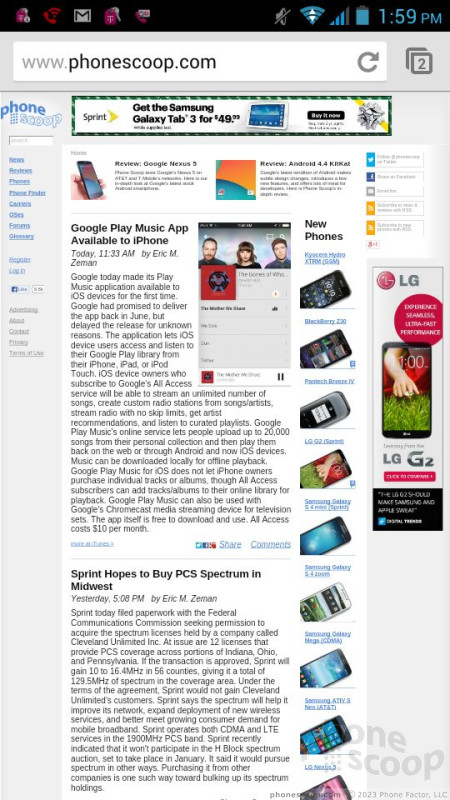



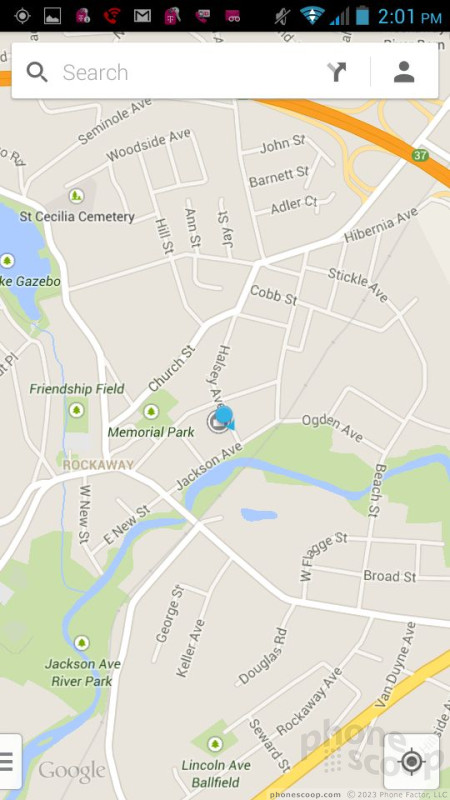


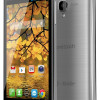 T-Mobile Intros the Alcatel Fierce and Evolve
T-Mobile Intros the Alcatel Fierce and Evolve
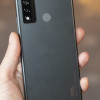 Hands On with the TCL 20 XE and TCL 20 A 5G
Hands On with the TCL 20 XE and TCL 20 A 5G
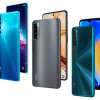 TCL Launches 20 Series in US
TCL Launches 20 Series in US
 Alcatel Fierce
Alcatel Fierce




